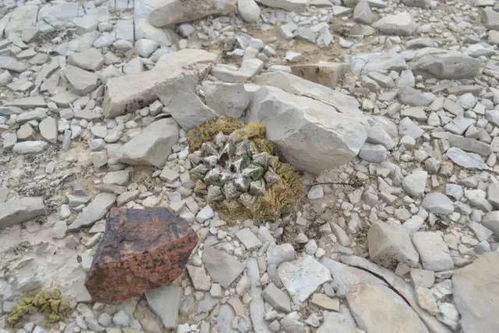Content:
Deep water well fishing, an activity that combines the tranquility of nature with the thrill of the hunt, requires a unique set of skills and techniques. Whether you're targeting bass, catfish, or other species, mastering the art of deep water well fishing can turn a simple outing into an unforgettable adventure. In this article, we'll delve into the essential tips and tricks to help you become a proficient deep water well angler.
Understanding Deep Water Wells
Before we dive into the fishing techniques, it's crucial to understand the characteristics of deep water wells. These structures are typically man-made holes, often used for water supply or industrial purposes. They can range in depth from a few feet to over a hundred feet, and their depths are often accompanied by murky waters and strong currents.
Essential Gear for Deep Water Well Fishing
To effectively fish in deep water wells, you'll need the right equipment:
Rod and Reel: Choose a rod and reel that can handle the weight and strength of the fish you're targeting. A medium-heavy to heavy-duty rod with a braided line is ideal for deep water well fishing.
Line: Braided line is preferred for its strength, sensitivity, and ability to handle heavy loads. A line with a breaking strength of 20-30 pounds should suffice for most situations.
Lures and Baits: Use lures and baits that mimic the natural prey of the fish in the well. Live bait, such as worms or minnows, can be effective, but artificial lures like crankbaits, spinnerbaits, and jigs can also work wonders.
Sinker: A heavy sinker is essential to keep your bait at the desired depth. The weight will depend on the current and the depth of the well.
Tackle Box: Carry a variety of hooks, swivels, and split shots to ensure you're prepared for any situation.
Techniques for Deep Water Well Fishing
Now that you have the right gear, let's explore some effective techniques for deep water well fishing:
Locate the Fish: Start by identifying the areas in the well where fish are likely to be found. These areas often include the edges of the well, where the current is slower, or areas with debris or structure that can provide cover.
Cast and Retrieve: Cast your lure or bait to the desired location and allow it to sink to the appropriate depth. Once it reaches the bottom, start retrieving it slowly and steadily. Pay attention to any sudden movements or resistance, as these could indicate a strike.
Use a Jigging Technique: If you're using a jig, you can create a variety of presentations by twitching, shaking, or lifting the jig. This can mimic the movement of prey and trigger strikes from fish.
Vertical Fishing: In some cases, vertical fishing can be more effective. This involves casting your lure to the desired depth and then slowly lowering it to the bottom. Once there, maintain a steady retrieve or let the lure hang motionless to attract fish.
Adjust for Current: Strong currents can be a challenge in deep water wells. To counteract the current, use a heavier sinker or adjust your casting angle to ensure your lure lands in the desired location.
Be Patient: Deep water well fishing can be quite slow-paced. Be patient and wait for the fish to come to you. Sometimes, the most subtle movements can trigger a strike.
Safety Precautions
Fishing in deep water wells can be dangerous if you're not prepared. Here are some safety precautions to keep in mind:
Always Fish with a Buddy: Having a partner can provide safety and support in case of an emergency.
Check the Weather: Before heading out, check the weather forecast and be prepared for changing conditions.
Wear a Life Jacket: This is especially important if you're fishing from a boat or if the well is particularly deep.
Stay Hydrated and Eat Regularly: Dehydration and hunger can lead to fatigue, which can be dangerous in the water.

Be Aware of Your Surroundings: Pay attention to the well's structure and any potential hazards, such as loose rocks or uneven ground.
In conclusion, deep water well fishing is a rewarding activity that requires patience, practice, and the right techniques. By understanding the unique characteristics of deep water wells, selecting the appropriate gear, and employing effective fishing methods, you can turn your fishing trips into memorable experiences. Remember to prioritize safety and enjoy the tranquility and beauty of nature as you pursue your fishing adventures.












